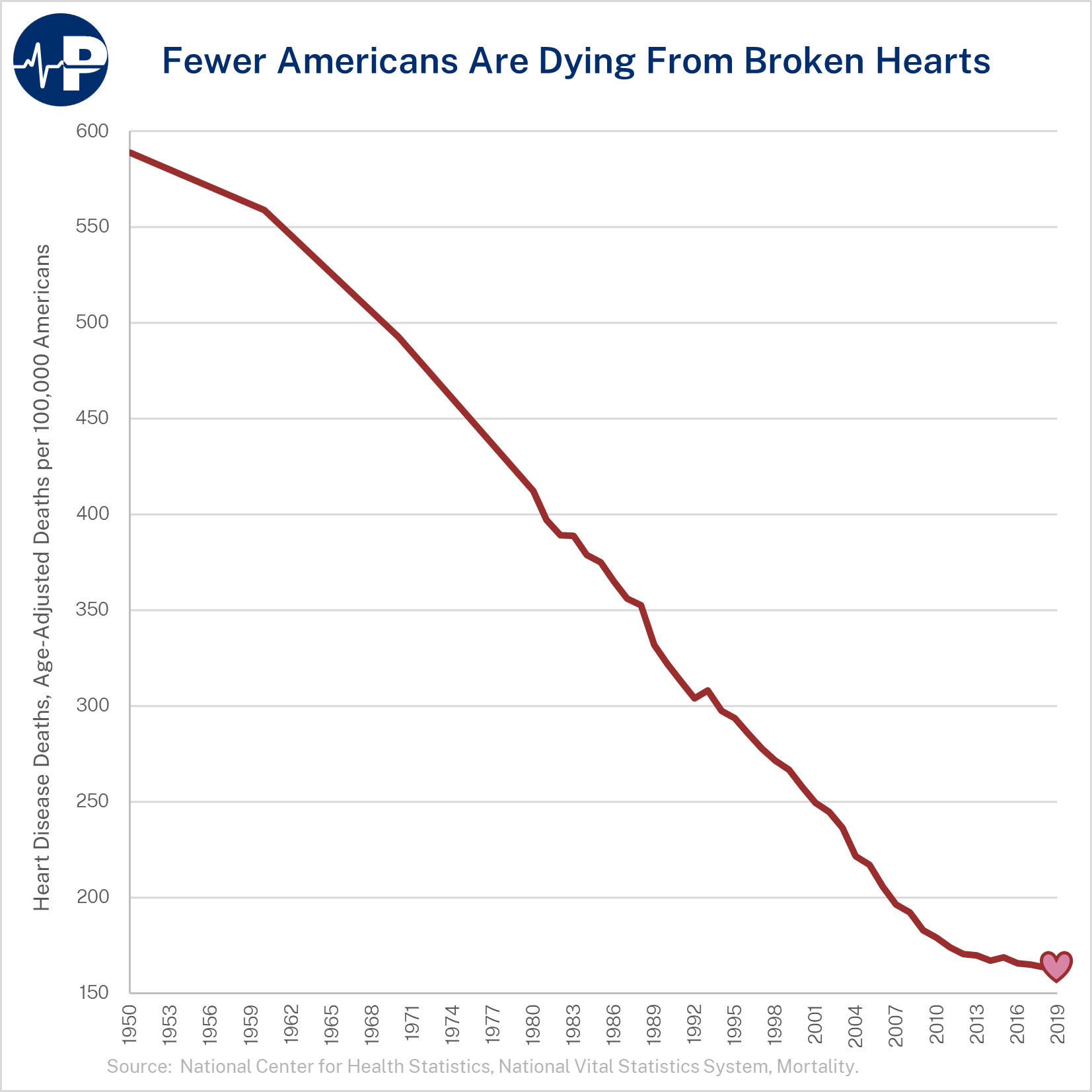The costs of prevention efforts have outweighed those from the direct effects of the virus itself.
As President Biden’s first year of handling the pandemic comes to a close, many of his most ardent critics are pointing to the ugly numbers: More Americans have died from Covid-19 under the current president than under the previous one, despite the prevalence of vaccines and the development of other medical innovations. But as the pandemic’s progression has made clear, public-health officials should aim to do more than merely minimize the spread of disease. They should seek to reduce the total harm caused by both infection and heavy-handed attempts to prevent it.
Reducing the incidence of disease isn’t necessarily desirable if excessive prevention, in the form of lockdowns or school closures, is more costly to society than the damage done by an illness. We don’t close highways to minimize accidental deaths, despite the existence of dangerous drivers. Yet this is exactly what we’re doing when the government intervenes to limit the spread of communicable diseases by, for instance, mandating vaccines that don’t prevent transmission.
The public-health community has proved incapable of quantitatively assessing trade-offs between the harms of prevention and the harms of disease. This has hindered the development of policies that could have minimized the total harm to society from Covid-19. Economic epidemiologists, by contrast, have for decades used quantitative methods to evaluate these harms by looking at them the same way they look at taxes…
Now that he’s been president for a year and presided over so many Covid deaths himself, Mr. Biden surely understands how difficult it is to contain the spread of a highly contagious respiratory disease. He should make the reduction in total harm his administration’s objective now—and that includes the harm done by lockdowns, school closings and unproductive restrictions on economic activity.
Read the full article in The Wall Street Journal.





